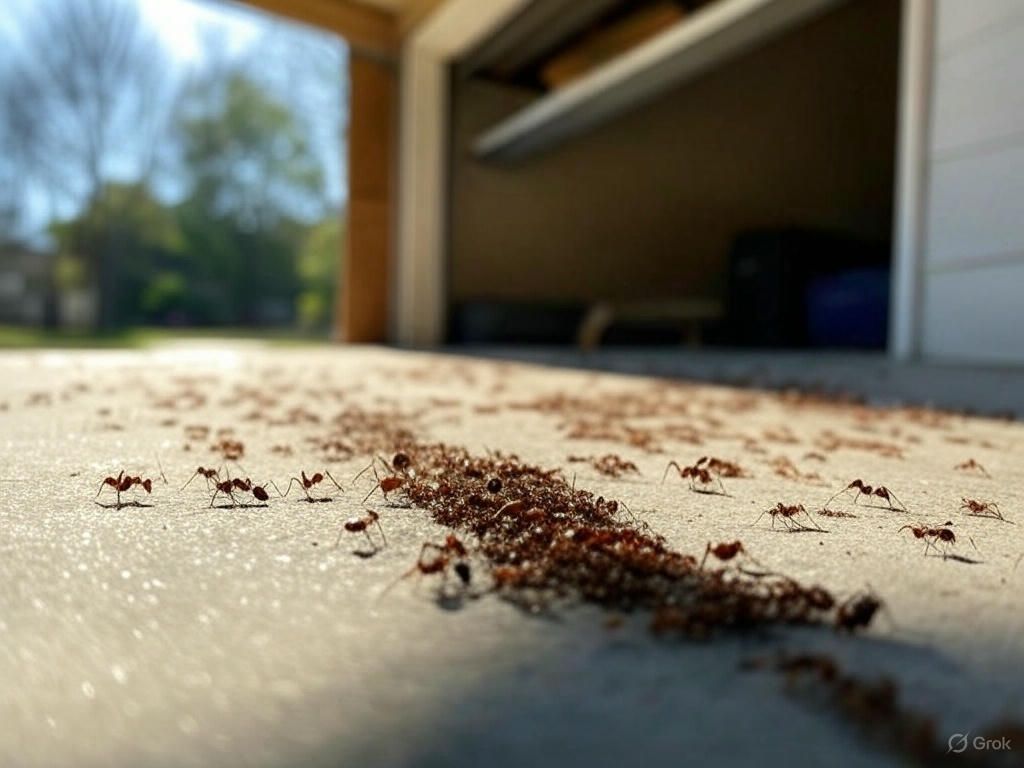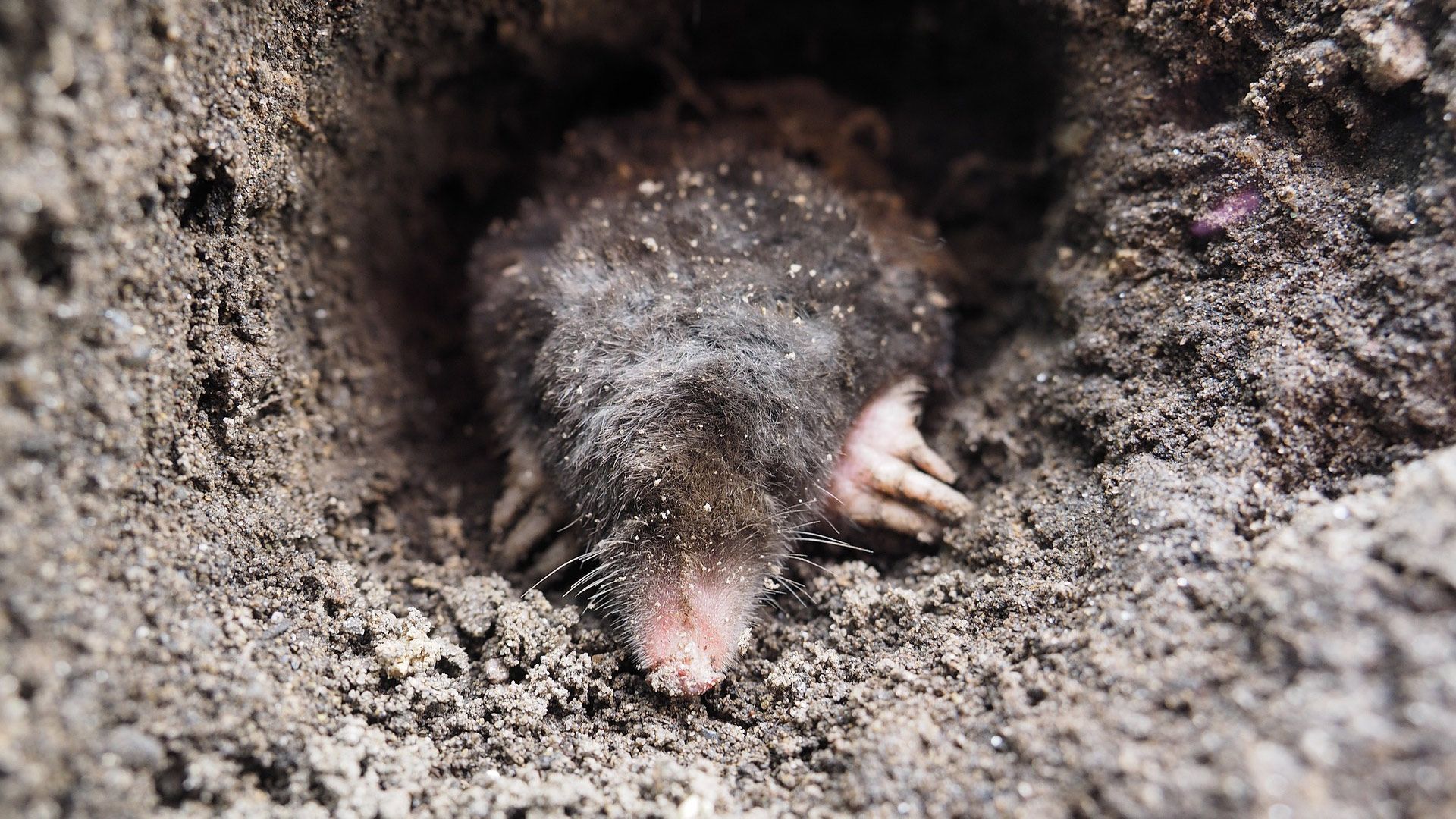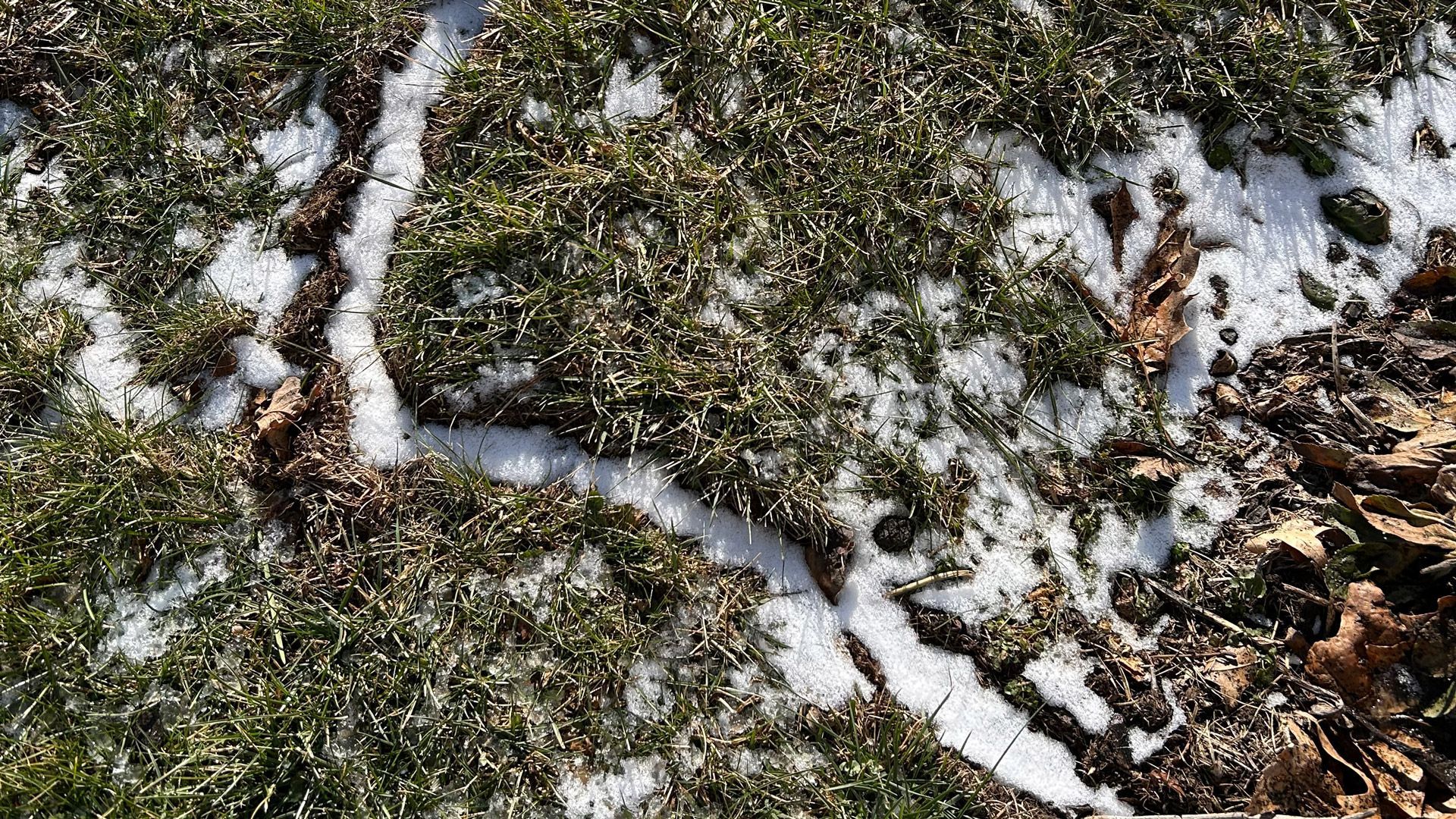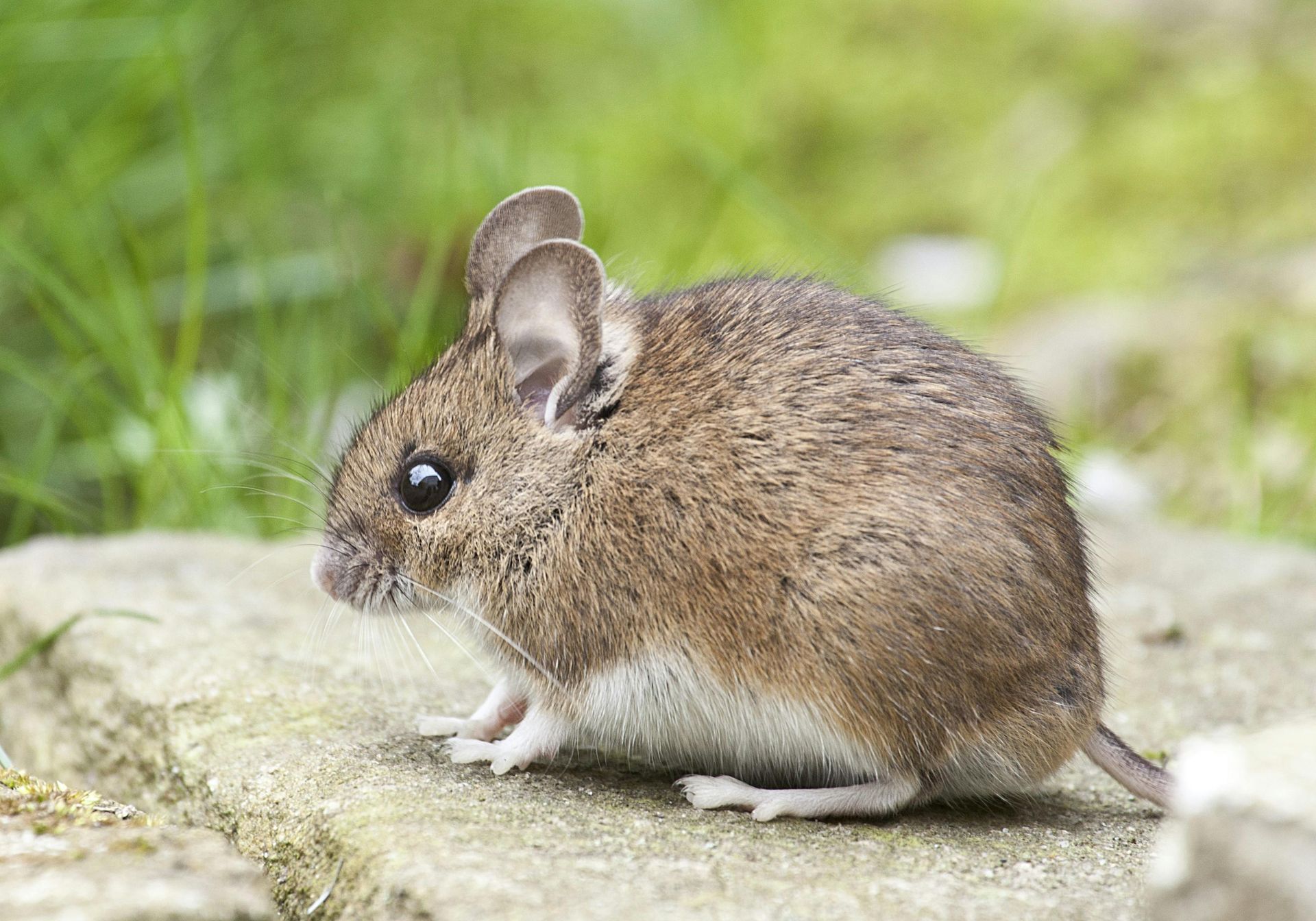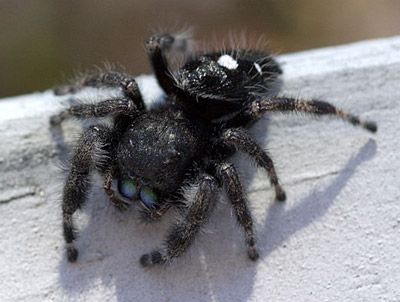Serving Lancaster County PA and the Surrounding Area
Yellow Jacket Removal DIY Do’s and Don'ts For Central PA Residents
Introduction & Disclaimer
Yellow jackets, with their aggressive behavior and painful stings, are a common nuisance in Lancaster County, PA. Unlike bees, yellow jackets can sting multiple times and are more likely to attack in swarms, making them particularly dangerous. As these stinging insects become more active in the warmer months, many homeowners resort to DIY methods to eliminate them. However, not all advice found online or through word of mouth is effective or safe. This guide explores the do’s and don’ts of handling yellow jacket nests, providing practical tips and professional insights to help you manage these pests effectively and safely.
Hi, this is Rob from Keystone Pest Solutions LLC based in Mount Joy, PA. Lately I have been seeing a lot of people giving advice on how to treat yellow jacket nests on the Mount Joy, Hershey, Ephrata, Lititz, and Conestoga community Facebook pages. Much of this advice addresses the yellow jacket problem, discussing various methods to tackle the challenges associated with these pests. Sometimes the advice is close to being good advice, and sometimes the advice is just plain bad. I thought I would take a few minutes to discuss some of the recommendations I have recently seen, and make some comments about those recommendations.
Please take this advice with caution! Regardless if you option for the DIY route or want to call a professional pest control company, stinging insects can be dangerous. It’s typically an inexpensive or low cost service as well, so please keep that in mind before you decide to take matters into your own hands.
Common Mistakes to Get Rid of Yellow Jackets
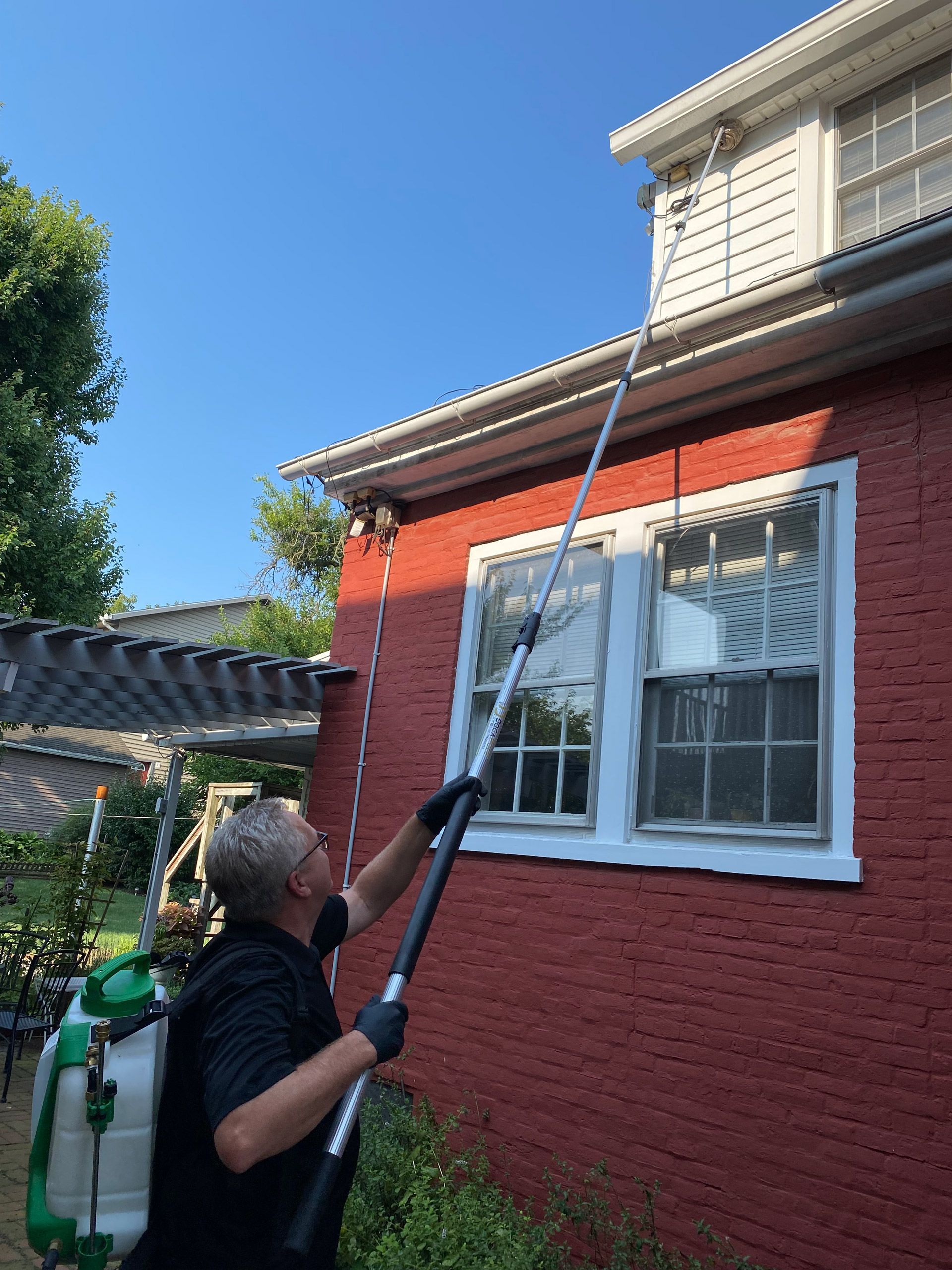
When dealing with yellow jacket nests, it’s crucial to avoid common mistakes that only exacerbate the problem. A yellow jacket sting is particularly painful and dangerous, as these insects can sting multiple times and release a pheromone that attracts more yellow jackets, increasing the risk of follow-up stings. One common error is plugging the entrance hole, which can lead to yellow jackets finding new ways into your home. Another frequent mistake is using aerosol sprays that are often ineffective and can cause the insects to become more aggressive. Additionally, applying insecticidal dust incorrectly or choosing the wrong type of dust can result in insufficient treatment and increased risk of stings. Understanding these pitfalls can help prevent unnecessary complications and dangers. Lets examine each of these options in more detail below.
1) Do Not Plug the Hole in the Nest
If the yellow jackets are flying into and out of your structure, this is absolutely the worst course of action you can take. I have an old saying that I have developed over the years; “Nothing ever just lays down and dies”. The instinct to survive at all costs is powerful in all living things. If you obstruct the yellow jackets’ ability to freely come and go from their nest, they will immediately begin looking for another way out. Oftentimes, that way out is a way into your home, and you can wind up with a house full of yellow jackets that will continue to trickle indoors for weeks on end. This obstruction strategy also greatly complicates the ability for a professional (who almost always gets a call when the house is full of yellow jackets) to properly handle the situation. DO NOT PLUG THE HOLE!
Even if they are in the ground, yellow jackets will make another entrance hole if you plug the one they are using. Yellow jackets tend to become very aggressive when their nest entrance is blocked, and this never works to prevent them from finding another way out, often into your home.
2) Spray a Can of Wasp Spray at the Hole
This is a slightly better idea than plugging the hole, but not much. The key to successfully eliminating a yellow jacket nest is to get some type of insecticide into the nest area. Using a spray bottle can help apply insecticides more effectively by allowing you to direct the solution precisely around the entrance of the nest. Once the yellow jackets enter your structure, it can be very difficult to know which way they are turning. While using an aerosol spray might kill some wasps, you will not be able to get enough material into the nest itself to eliminate the problem. Furthermore, many of these aerosol sprays are highly repellent, and can create the same effect as plugging the hole, which is to encourage the yellow jackets to seek an alternate route of exit. Aerosol insecticides are also often oil based, and can leave stains on certain surfaces that are difficult to remove, if not permanent. If the nest is in the ground, this strategy may work because you have gravity working with you, but it seldom works for a nest in the structure.
3) Put Insecticidal Dust Into and Around the Hole
This is the one that is closest to the truth, but what kind of dust should you choose? How are you going to get the dust into the hole? I see many people recommending Sevin dust or insect killer. I would not recommend Sevin. It is too heavy to float back into the heart of the nest, and it is not labeled for that purpose. Using a pesticide in a manner inconsistent with the label is actually a violation of the law. I have also seen recommendations for Delta Dust. This dust is readily available in small containers on the internet and it floats like smoke, but I have not had good luck using Delta Dust against yellow jackets. I saw one person who recommended Tempo Dust, which would probably work, but I have no personal experience with it, and most Tempo products create respiratory distress for me and may bother you as well. My favorite dust to use when I am choosing a dust application is Drione Dust. It drops yellow jackets quickly, which is important when mitigating the risk of stings. Alternatively, you can use dish soap mixed with water to create a spray that can be applied around wasp nests and other areas to deter these pests effectively.
4) Treat the Nest at Night When They are Inside
This is a good idea, in theory, but it also presents challenges. First of all, you are going to need a flashlight to be able to see the nest opening, and the presence of that flashlight may put the yellow jackets on high alert, increasing the risk of painful stings, and they may even emerge from the nest. If they do that, they are going to move directly towards the light, and the person holding the light. There is no yellow jacket law against leaving the nest at night, and they certainly will if they need to defend the nest. Using pure peppermint oil as a repellent can be an effective DIY treatment. You can create a spray mixture using pure peppermint oil, dish soap, and warm water to eliminate wasps around their nests.
If you are going to try this night treatment, make sure there is only one entrance hole, be well prepared (failing to plan is planning to fail), be quick and decisive (don’t put the light on them until a split second before you are ready) and make that first squeeze of the duster count.
The Importance of Professional Pest Control
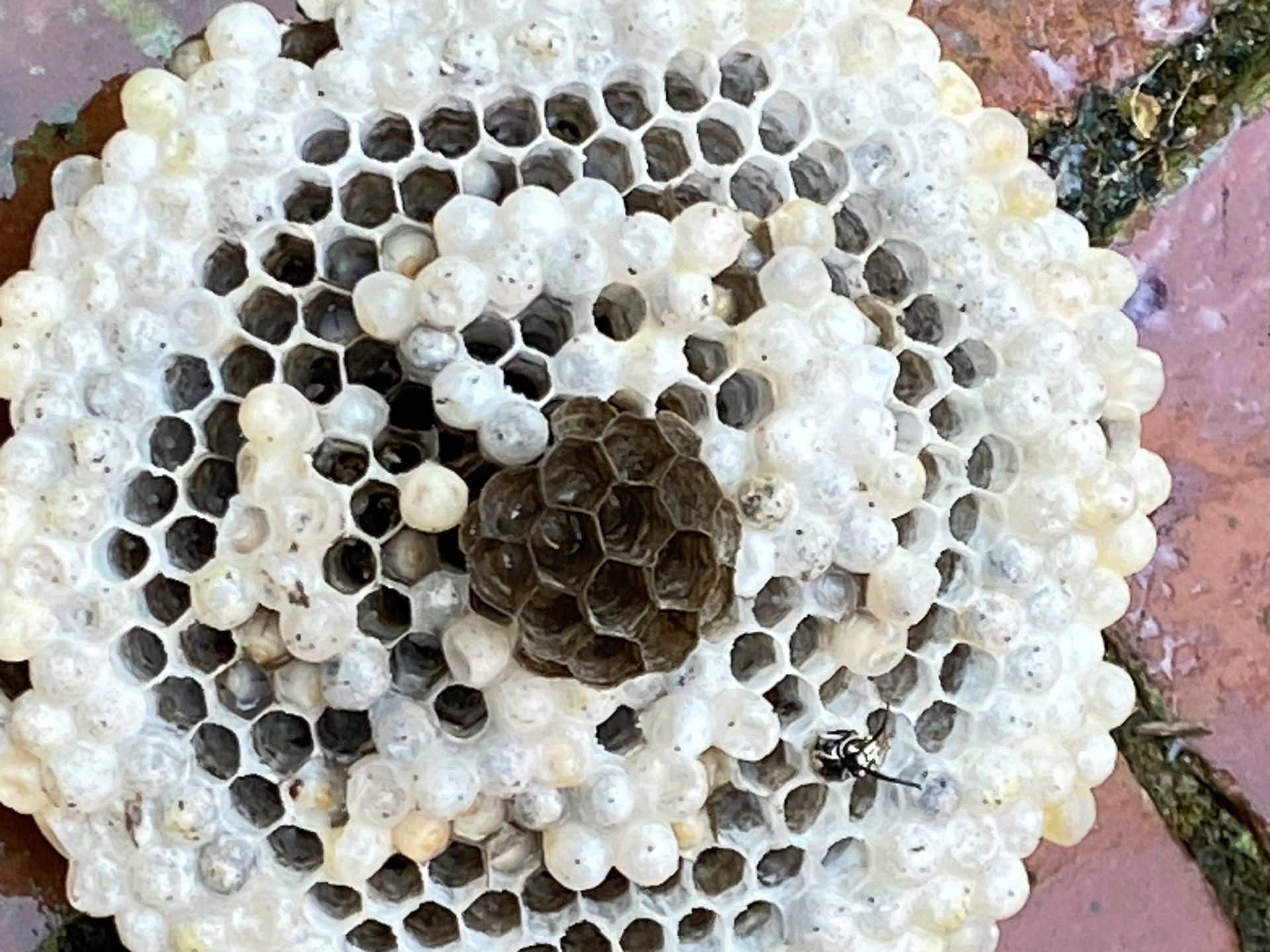
Engaging professional pest control services offers numerous advantages. German Yellow Jackets are particularly aggressive and can be difficult to distinguish from other species, necessitating professional treatment for safe and effective removal. Professionals possess the expertise, tools, and protective gear to handle yellow jacket nests safely and effectively. They can accurately assess the situation and apply appropriate treatments, reducing the risk of stings and ensuring complete eradication. Furthermore, professionals can provide preventative measures to minimize future infestations, making their services a worthwhile investment for long-term peace of mind.
When to Call a Professional
If DIY methods fail or if the nest is in a hard-to-reach location, it’s best to call a professional. Other yellow jackets, which include various species with different feeding preferences, may require specialized knowledge for effective management. Severe infestations and nests located inside walls or attics require expert intervention. Professionals offer thorough and safe removal of yellow jacket nests. They have access to specialized equipment and insecticides not available to the public. Their expertise ensures effective treatment and long-term prevention.
Cost Considerations
While professional pest control can be more expensive than DIY methods, the benefits often outweigh the costs. Managing trash cans by keeping them covered, regularly cleaned, and located away from living spaces can prevent infestations and reduce costs. Investing in professional services can prevent costly damage to your home and reduce the risk of painful stings.
Preventative Measures by Professionals
Professionals can provide valuable advice and services to prevent future infestations. Regular inspections and treatments create a hostile environment for yellow jackets, keeping your home safe year-round. Yellow jackets are attracted to sugary and protein-rich foods, including fruits, meats, and sweet beverages, as well as shelter around homes, particularly near food sources like trash cans and certain plants that emit sugary scents. Conduct seasonal inspections of your property to identify and address potential nesting sites. Seal cracks and crevices, and keep outdoor areas clean and free of debris.
Conclusion
The bottom line is treating yellow jacket nests successfully takes training and practice, and for all of the risk and expense the average homeowner will have to endure to make an attempt, why not just call in a professional to help you? Understanding how yellow jackets feed on various foods, particularly sweets and meats, is crucial for effective removal. In most cases treating a yellow jacket nest is not an expensive service, so the best advice I can give you is to leave it to the pros at Keystone Pest Solutions, LLC!
Frequently Asked Questions
What Should I Do If I Find a Yellow Jacket Nest?
If you find a yellow jacket nest, assess the size and location. For small, accessible nests, you might attempt DIY methods. For larger nests or those in difficult locations, contact a professional pest control service.
Can I Remove a Yellow Jacket Nest Myself?
While it is possible to remove a nest yourself, it carries risks. Proper knowledge, equipment, and protective gear are essential. If in doubt, it’s safer to hire a professional.
How Dangerous Are Yellow Jackets?
Yellow jackets can be dangerous, especially for those allergic to their stings. They are more aggressive than other wasps and can sting multiple times. They have a distinctive thin waist, which helps in identifying them compared to bees. Avoiding nests and using caution is crucial.
Are Yellow Jackets Beneficial in Any Way?
Yellow jackets are beneficial as they control other insect populations. They are predators of pests like flies and caterpillars. However, their aggressive nature often outweighs these benefits near human activity.
How Can I Prevent Yellow Jackets from Returning?
Prevent future infestations by maintaining your property and eliminating potential nesting sites. Regular inspections and sealing entry points can keep yellow jackets at bay. Consider professional preventative treatments.

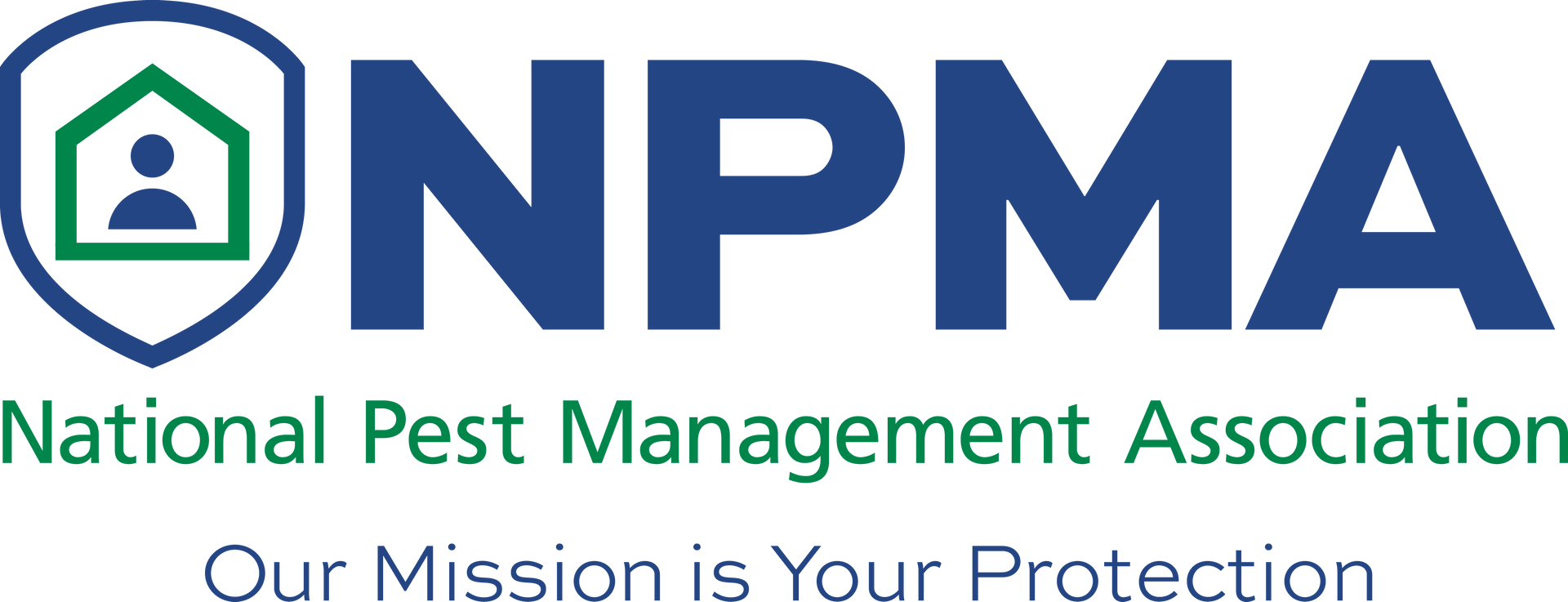
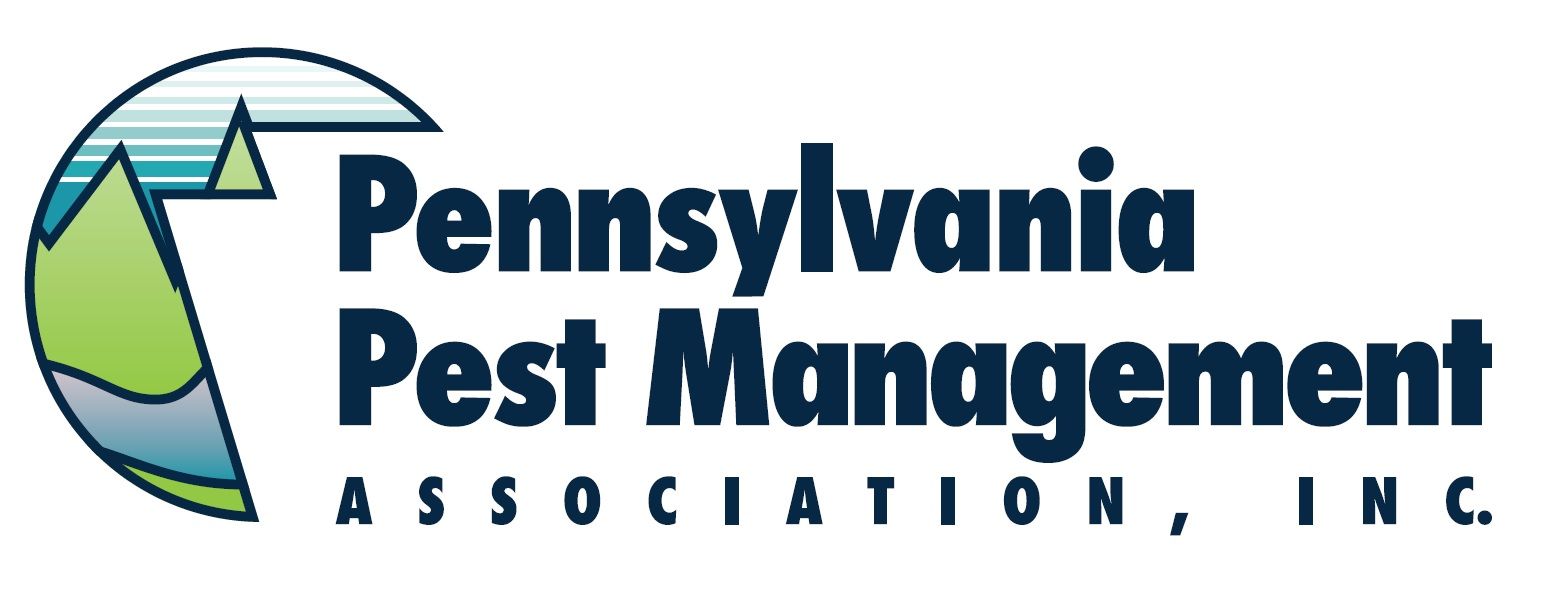
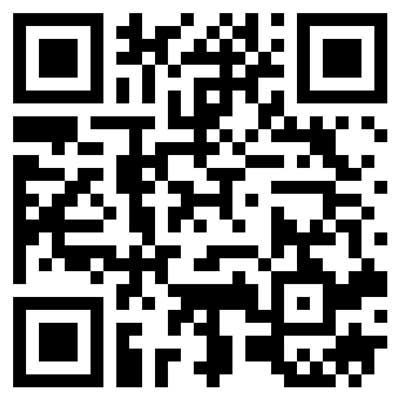
Scan Our QR Code To Easily Leave Us a Google Review. Thank You For Your Support!
All Rights Reserved | Keystone Pest Solutions LLC
Website & Hosting by SovoWeb a division of RedXWebDesign

